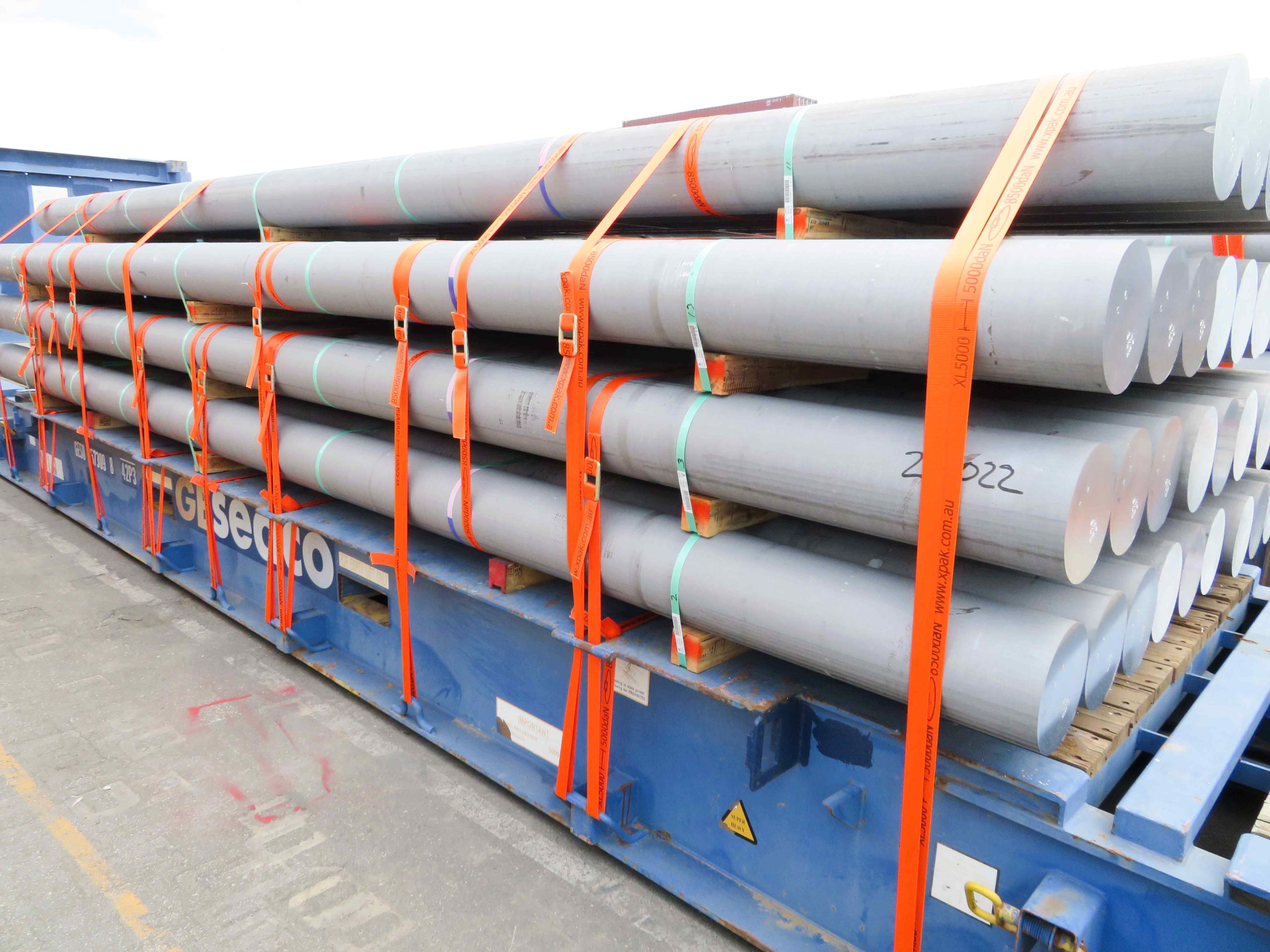When it comes to securing cargo during transportation, the importance of a reliable load restraint system cannot be overstated. Whether goods are being transported by road, rail, or sea, ensuring that they remain stable and secure throughout the journey is critical to prevent damage, accidents, and legal repercussions. Choosing the right load restraint system involves understanding several key features that contribute to its effectiveness and reliability.
First and foremost, strength and durability are fundamental characteristics of any dependable load restraint system. The materials used should be robust enough to withstand significant tension and pressure without snapping or deforming. High-quality webbing made from polyester or nylon is commonly preferred due to its excellent tensile strength combined with some degree of elasticity that helps absorb shocks caused by sudden movements during transit. Additionally, hardware components such as buckles, hooks, ratchets, and end fittings must be constructed from corrosion-resistant metals like stainless steel or galvanized steel to ensure longevity even in harsh weather conditions.
Another essential feature is ease of use. A reliable load restraint systems system should allow for quick installation and removal without compromising security. Ratchet mechanisms need to operate smoothly so operators can tighten straps efficiently while maintaining adequate tension on the cargo. Ergonomic designs also reduce fatigue for workers who frequently handle these systems throughout their shifts.
Adjustability plays a crucial role as well since loads come in varying shapes and sizes requiring flexible solutions tailored accordingly. Systems offering adjustable strap lengths enable users to customize fitment around different types of cargo securely. This adaptability not only enhances safety but also optimizes space utilization within transport vehicles.
Compliance with industry standards is another vital aspect when selecting a load restraint system. Regulatory bodies often set specific guidelines regarding minimum breaking strengths (MBS), working load limits (WLL), marking requirements, and testing protocols for these products. Ensuring that chosen equipment meets or exceeds relevant certifications provides peace of mind about its performance under real-world conditions.
Furthermore, visibility features such as brightly colored straps or reflective elements can improve safety by making secured loads more noticeable during loading operations or nighttime transportation scenarios.
Lastly, maintenance considerations should not be overlooked; systems designed for easy inspection help identify wear-and-tear early on before failures occur on the road.
In summary, a reliable load restraint system must combine high-strength materials with user-friendly design elements while adhering strictly to regulatory standards. Its capacity for adjustability coupled with durable construction ensures safe transportation across diverse applications-making it an indispensable tool in modern logistics management.

